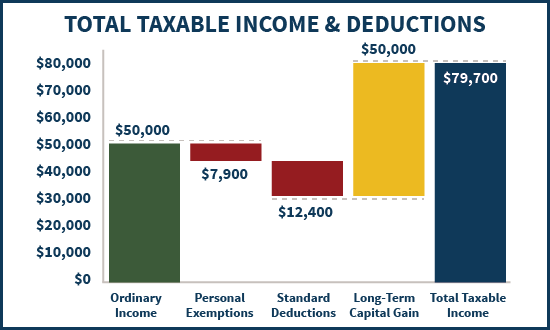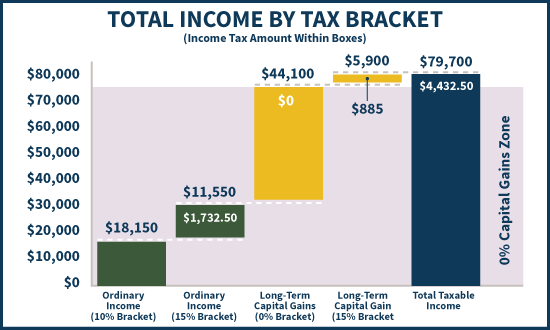I think it is much more convoluted than this. First off, you are trying to describe the landscape of incremental tax rates, but throwing health care into it is really a complicating factor. I have been trying to help a friend navigate the healthcare marketplace, and it is much more than just taxes.
$0 to approx $23000 is medicaid. Creates a lien against any assets.
The 138% FPL threshold is a big change to where you become eligible for policies on the exchange, with significant subsidies.
This diminishes to (I believe) 400% FPL, where all subsidies stop. I believe the role of medicaid is a state-by-state thing, so perhaps the rules are different in other areas.
If you retire with a plan to live on the money in after tax accounts (and obtain health care insurance through ACA), you need to generate enough MAGI to get you above the medicaid bracket and into the ACA marketplace with incentives. This means you need to pull money from tax advantaged accounts, such as IRAs, 401Ks, etc. Or get a job. Or generate enough interest or dividends. Or pay through the nose for non-ACA insurance. Or accept the liens associated with medicaid.
I have retirement healthcare through my previous employer, so my incremental tax rate has nothing to do with the ACA numbers. My healthcare costs are independent of what I generate for MAGI.


